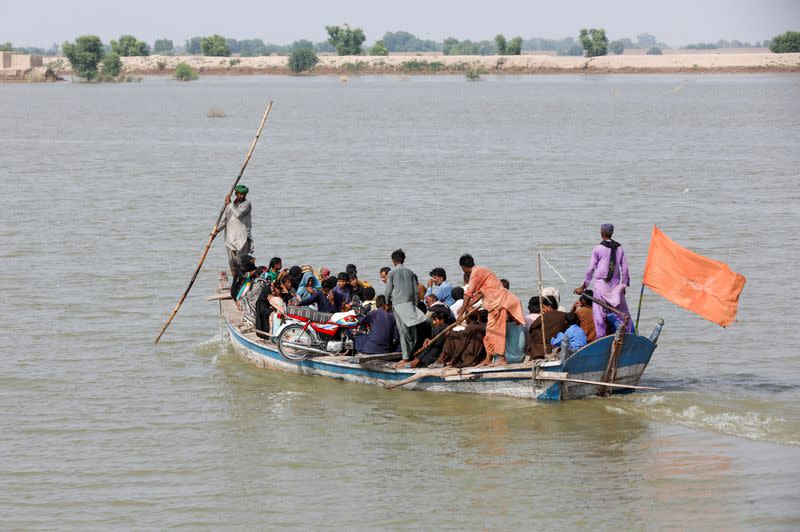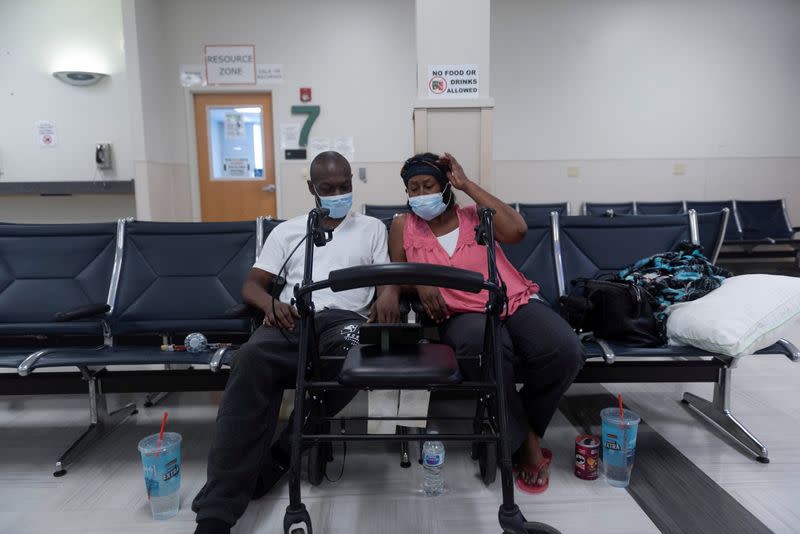Large companies' assets at growing risk of climate impact - S&P Global
By Juliette Portala
(Reuters) - Over 90% of the world's largest companies will have at least one asset highly exposed to the physical impacts of climate change by the 2050s, data and analysis from index and ratings provider S&P Global showed on Thursday.
From heatwaves to floods, extreme weather events are increasingly causing upheaval across the globe, pushing companies and investors to seek to better understand and measure the risks to their assets.
If the world continues on the same path as it is now and fails to rein in climate-damaging emissions, 98% of the largest companies - classed as those in the S&P Global 1200 index - could be highly exposed by the 2090s, it added.
However, if the Paris Climate Agreement goal of limiting global warming to less than 2 degrees Celsius is reached, the share of large firms with assets at high physical risk could be reduced to 39% over that period.
"Investors and companies are seeking advanced analytics to respond to the financial impact of climate change. Essential to this, is the ability to quantify the financial impact of climate change at asset level to enable meaningful mitigation and adaptation planning," James McMahon, Chief Executive Officer of The Climate Service, part of S&P Global, said in a statement.
Using climate models that simulate the physics, chemistry and biology of the atmosphere, lands and oceans, S&P said it was able to evaluate the risk for more than 20,000 companies and over 870,000 asset locations, scoring each on a zero to 100 scale.
By the 2050s, each company would have at least one asset with a score of over 75, which is considered to be at a significantly high risk from extreme heat, extreme cold, wildfire, water stress, drought, coastal flood, fluvial flood and tropical cyclone.
After scoring an asset for physical risk exposure, S&P is then able to calculate the financial impact, allowing companies to adapt their exposure, it said.
"In simple terms, this dataset allows companies and investors to understand their climate risks – and, vitally, what they could cost," McMahon said.
(Reporting by Juliette Portala Editing by Simon Jessop and Mark Potter)

 Yahoo Finance
Yahoo Finance 


